Practical Sailor looks at how skippers navigate today, using GPS (global positioning systems), chartplotters, digital chart, and radar, and how these tools have revolutionized marine navigation. This revolution has resulted in convenience, but has it allowed us to dismiss the basic skills every mariner should have? GPS was intended to be used as an aid to navigation, not as a sole source. Sadly, many recreational, bluewater, and commercial boaters traverse the open ocean without a manual backup to go to in the event the GPS satellite feed is lost or the batteries die on an important piece of electronic navigation equipment. This special report considers the pros and cons of interfacing electronic equipment and the dangers of the hybrid navigation/entertainment networks. We examine navigation gear priorities for a variety of boaters. Who can get by with only paper charts? Who should carry a chartplotter? A GPS, sextant, radar, Sat-comm, Loran? And who should have it all?
To continue reading this article or issue you must be a paid subscriber. Sign in
Subscribe to Practical Sailor
Get the next year of Practical Sailor for just $34. And access all of our online content - over 4,000 articles - free of charge.
Subscribe today and save 42%. It's like getting 5 months FREE!


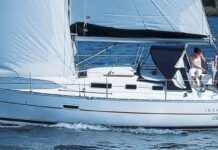





























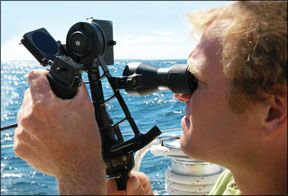
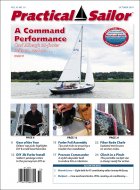
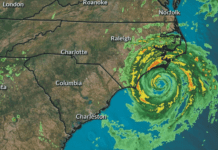
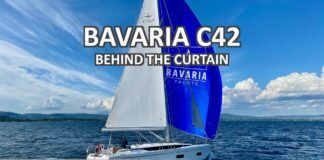



This is well written and provides lots of good insights.
One thing to add to the table in particular: It should not be forgotten that parts of IMO SOLAS Chapter V applies to “pleasure vessel”, even if under non-professional control, too. If these put to sea they are required to have a list of equipment on board i.a compass (calibrated), an independent device for dead reckoning, a GPS, charts and hand books, a radar reflector and more of this. So of course there is room for debate whatÄs best there are certain minimum standards which cannot (and should not be) missed as the article points out well.
The previous years have shown that GPS (and its parallel European, Russian and Chinese systems) has led to habits on pleasure crafts to navigate in a similar fashion like in cars by turning course according to the chart, like driving a vehicle, resulting eg in unnecessary groundings.
Years ago while world cruising i stopped off in NZ for a while and raced on hyper competitive 1/2 Ton and 1 Ton world championships. Even a Sydney Hobart. A Fine Man named Dicky Jones was our navigator of choice . He gave us the Compas bearing to the next Mark from his Celestial sights. Him tied to the stern Rail a wax crayon and a 8X12. of plastic to write on . He Calculated the fundamentals before the day over breakfast. And Gave us real time bearings– could and did do it underwater. He taught me I wish he could write a book! None of the electronics work under water. and if you get knocked down or flooded you have no electricity. Been there done that !! It is not that hard to learn.
I really like. Your presentation! Keep me on your mailing list! Captain Jim Lichty
amen and remember that a collision at sea can ruin your whole day